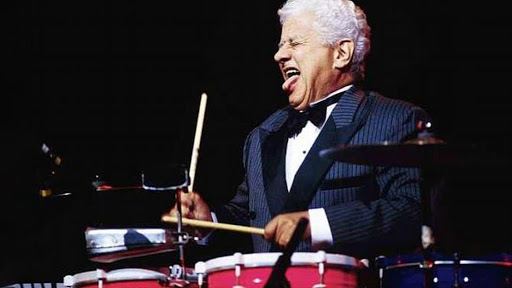Two great exponents of Latin American music come together in “Desde que te fuiste”
Jessi Uribe and Americo, two great exponents of Latin American music come together in “Desde que te fuiste”; Yesid Eduardo Uribe Ordoñez, better known as Jessi Uribe, is a Colombian singer and musician, recognized mainly for his participation in the realities “La Voz Colombia” and “A otro Nivel del Canal Caracol”, he was born in Bucaramanga on March 22, 1987, from Very young he grew up in a musical environment since his father “Fernando Uribe”; who is a mariachi musician, who took him to several of his presentations in a famous nightclub in the city; He began to sing from a very young age in different stages where he obtained his taste for the popular and ranch genre, currently becoming a singer of these musical genres.
Americo better known as Domingo Johnny Vega Urzua, was born in Arica, Chile, on December 24, 1977, he is a Chilean singer of is a singer of ballads and tropical cumbia who lives in Miami since 2018, he is currently the exponent of tropical music most important in South America, with a trajectory of more than 15 years of artistic career, which has taken him to great stages worldwide.
Jessi Uribe and the renowned Chilean artist Americo come together to present their musical tea “Desde Que Te Fuiste”, a production that is already emerging as a great success in Latin America. Americo is one of the greatest exponents of tropical music on the continent, for this reason “Desde Que Te Fuiste”; is a production that has both singers very happy, who are very proud to be able to unite their native countries, Chile with Colombia.

“Recording with Americo is one of the most beautiful experiences I have had throughout my career, it is having the opportunity to meet and share with someone you admire and to share two cultures from two countries as close as Colombia and Chile. We had fun recording both the video and the song and I hope that in the future there will be another opportunity to work with him”; Jessi Uribe “Desde Que Te Fuiste” is a song with lyrics of spite and tropical sounds, which talks about a man who is sorry for having lost the love of his life.
The official video was recorded several months ago on the Bogotá sheet, the story shows two men who were left by their partners and who cannot bear their absence. The filming was done under the production of In victory Films and direction by Christian Silva.
Jessi Uribe recently celebrated more than 2 million subscribers on YouTube, in addition to his recent Tour La Conquista 2020, it was a great success nationally and internationally. Currently the Colombian artist is preparing for a new surprise that will soon be released.
Listen to his musical themes through his YouTube channel “Jessi Uribe 3” and listen to his songs such as “Desde Que Te Fuiste” by Jessi Uribe; Americo https://youtu.be/mAJWV9EcniI

If you want to know more about their musical themes or about Jessi Uribe y Americo, you can consult information through:
Facebook: https://www.facebook.com/jessiuribemusic
Instagram: @ jessiuribe3
Twitter: https://twitter.com/jessiuribe3
YouTube: https://www.youtube.com/channel/UC8Ef_5RvcZb3KxI3J5r5Sxg








